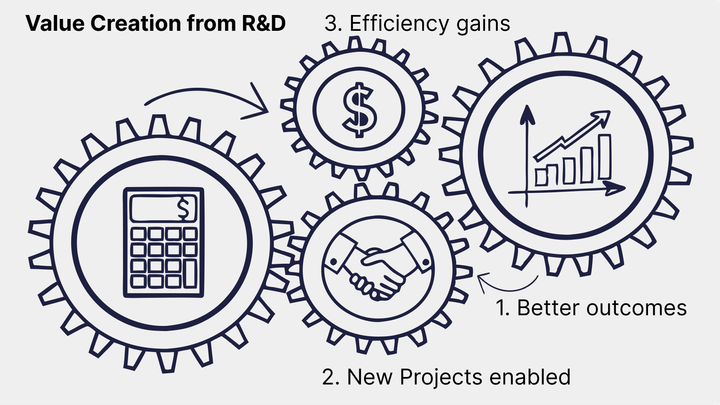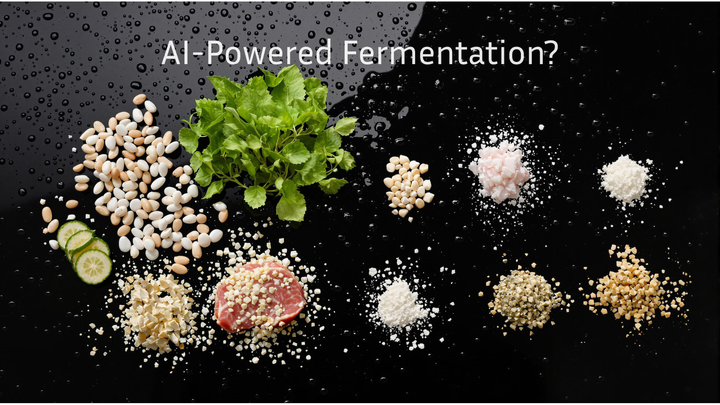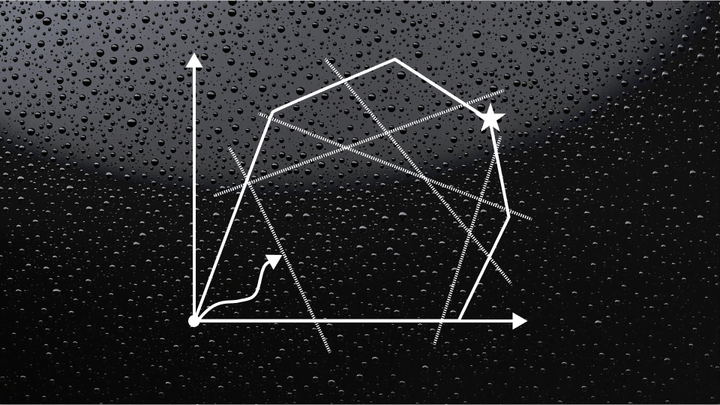32 Ways that AI can power fermentation
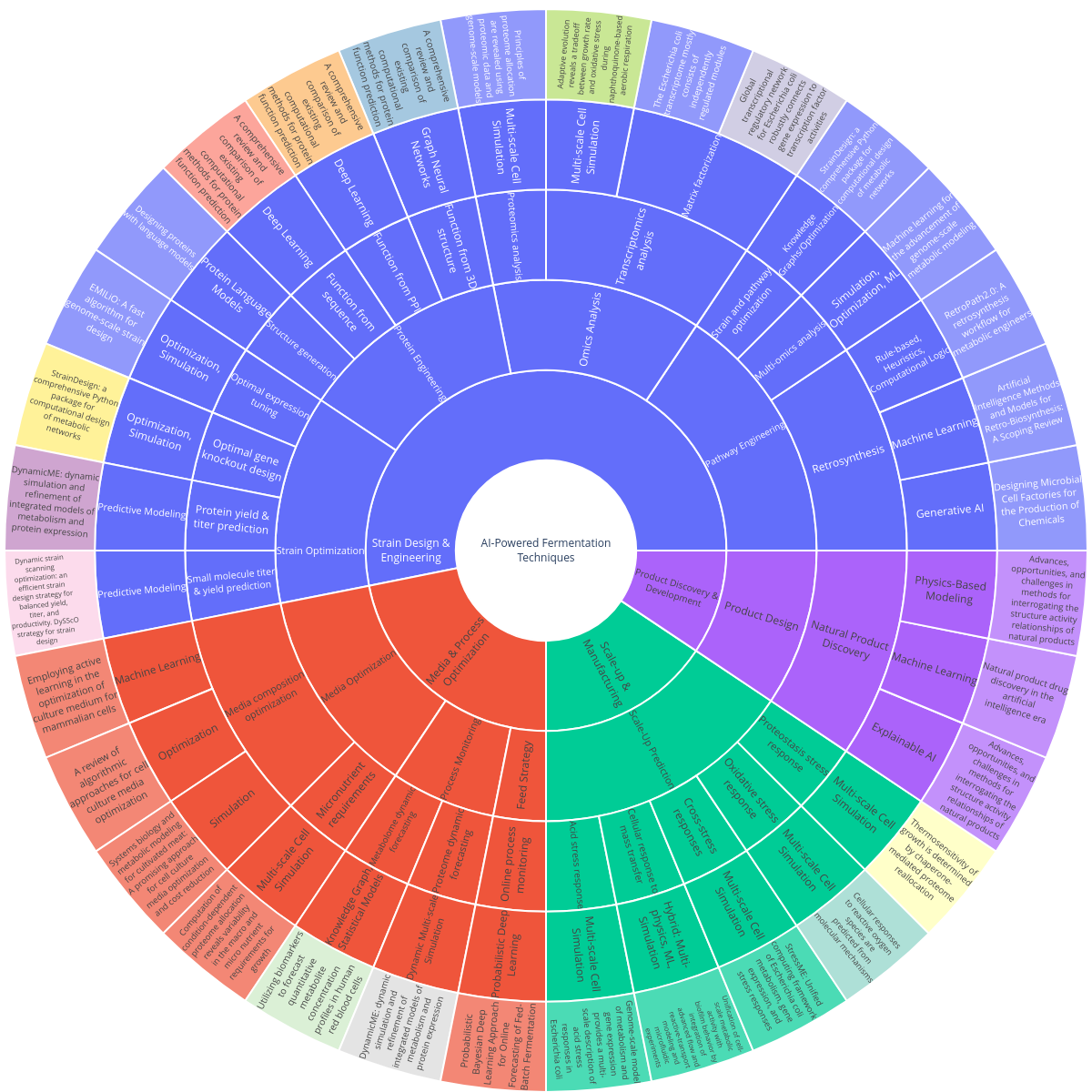
In closing 2024, we explored the 5 reasons to NOT become an AI-powered fermentation startup. Hopefully you had time to reflect on these reasons.
If you have, and you still believe AI-powered fermentation is for you, please read on.
Because today I'm presenting 32 ways that AI can power fermentation.
First, what do we mean by AI?
What is Artificial Intelligence?
As noted in the previous article, AI encompasses more than just ChatGPT and other LLMs. One definition of AI is Gartner's AI Techniques Framework – it presents a comprehensive organization of AI techniques as such:
Mature techniques:
- Probabilistic Reasoning includes machine learning and deep learning
- Computational Logic covers rule-based systems and logical inferencing
- Optimization Techniques encompasses constraint satisfaction and genetic algorithms
Emerging techniques:
- Natural Language Processing includes chatbots and natural language generation
- Knowledge Representation includes knowledge graphs and advanced digital twins
- Agent-Based Computing includes autonomous, goal-oriented programs and chatbots
The 32 ways that AI can power fermentation
Use the interactive diagram below to explore AI-powered fermentation techniques.
0. Click "View in browser" if you're reading in a mail app.
1. Click on any section to "zoom" into that sector
2. After zooming, click on the innermost circle to "zoom out"
3. Click on the outermost node to open the linked reference in a new tab
Overview of the diagram
Information is organized from the innermost to outermost circle:
- Fermentation Problems
- Strain Design & Engineering
- Media & Process Optimization
- Scale-Up & Manufacturing
- Product Discovery & Development
- Specific challenges within each Problem
- AI-powered solutions
- AI techniques
- Link to supporting literature: click the text (hyperlink) to access the paper
Notes:
- The Strain Design & Engineering area has the most content. Not because I think the other areas are less important but because that's been my personal area of focus since 2008.
- I've included a mix of recent advances in AI that are intriguing, and methods I've validated or developed first-hand.
- For the techniques, I've borrowed the Gartner AI definitions where appropriate. More often, I use more granular terminology. E.g., ESMFold described as Protein Language Model (specific) instead of Natural Language Processing (too generic). Or using Graph Neural Network (important distinction from other deep learning) to differentiate from other ML or deep learning.
I hope this diagram provides ideas for how AI may help with addressing problems you're facing in fermentation.
- Is your specific (precision) fermentation challenge not listed above?
- Have a question about any of the AI techniques?
- Curious how effective the technique will be for your situation?
If you'd like to discuss any of these questions or others in more detail, I'm happy to chat.
You can book a complementary consultation here:
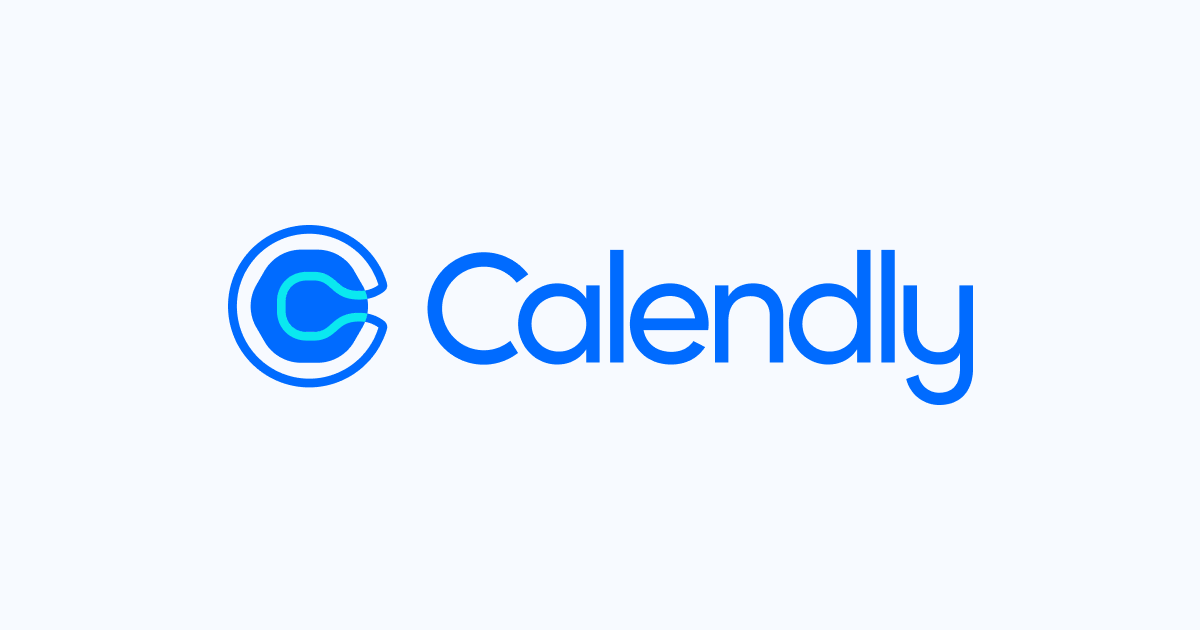
And feel free to subscribe to this newsletter for more in-depth articles like this.



